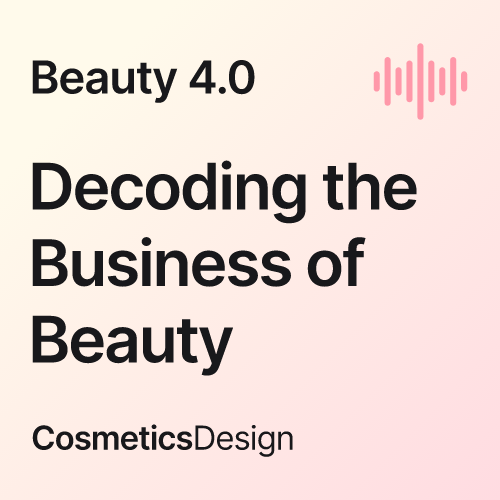EU shrinking revenues sees L’Oréal turn to Ghana and Rwanda

While 60% of L'Oreal's revenue comes from Western Europe and North America, the brand currently has three plants in Africa and the Middle East including one in South Africa and another in Kenya, producing about half of the products it distributes in Africa.
According to a report in SeekingAlpha, about 40% of the global cosmetics player's revenue comes from emerging markets, a 62% increase since 2005, when it accounted for 25%.
Those markets includes regions such as Eastern Europe, Latin America, Africa, Middle East, and Asia, Pacific.
According to the financial publication, after months of speculation that the Eurozone might be slowing down, fears were confirmed on January 7th when it was reported to have entered into negative inflation, as the region's price index was depressed by collapsing energy prices.
Over 800 million euros already invested in Central West Africa...
Major global brands including L’Oreal, P&G, Estée Lauder, and Unilever have already developed expansion strategies to capitalize on Africa's potentially lucrative beauty market, estimated to be worth $13.2bn in 2017.
Speaking at the recent Nigerian Retail Transformation Conference, the managing director of L’Oreal Central West Africa announced that the company had invested “over 800 million euros” in research and development in the region.
“We strive to design products that meet specific needs and are culturally relevant, while demonstrating respect for the environment, community and biodiversity throughout the product life-cycle,’’ said Idorenyen Enang at the time.
With MAC Cosmetics and Clinique also set to expand into the region this year, analysts say there is a new emerging audience that these firms should be paying attention to – black African men.
According to Datamonitor Consumer, the culture of male grooming has evolved rapidly over the past few years and offers significant growth potential for the future.
The firm reports that while there is a growing middle class with greater spending power and aspirational consumer attitudes, there is a notable lack of choice of grooming products that these big brands can be addressing.































